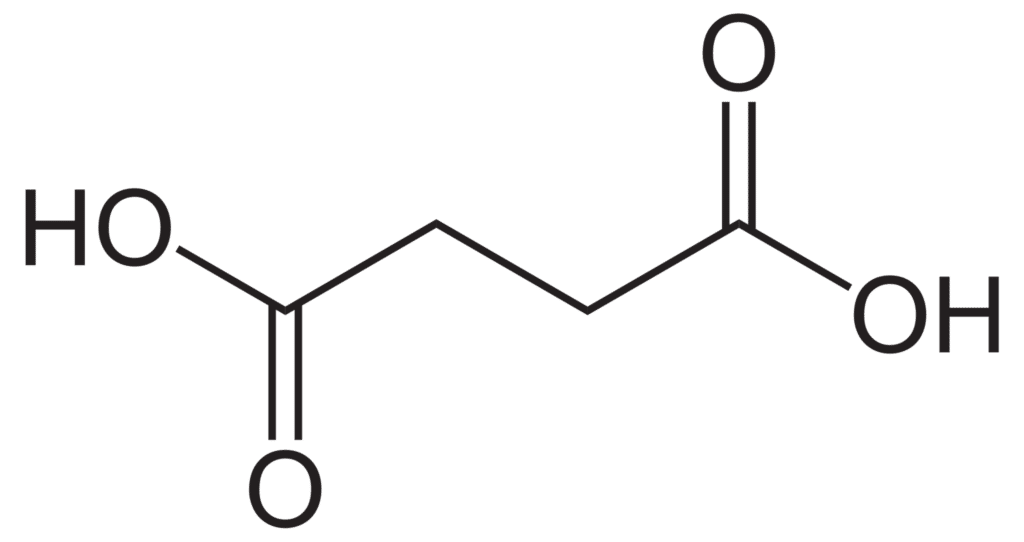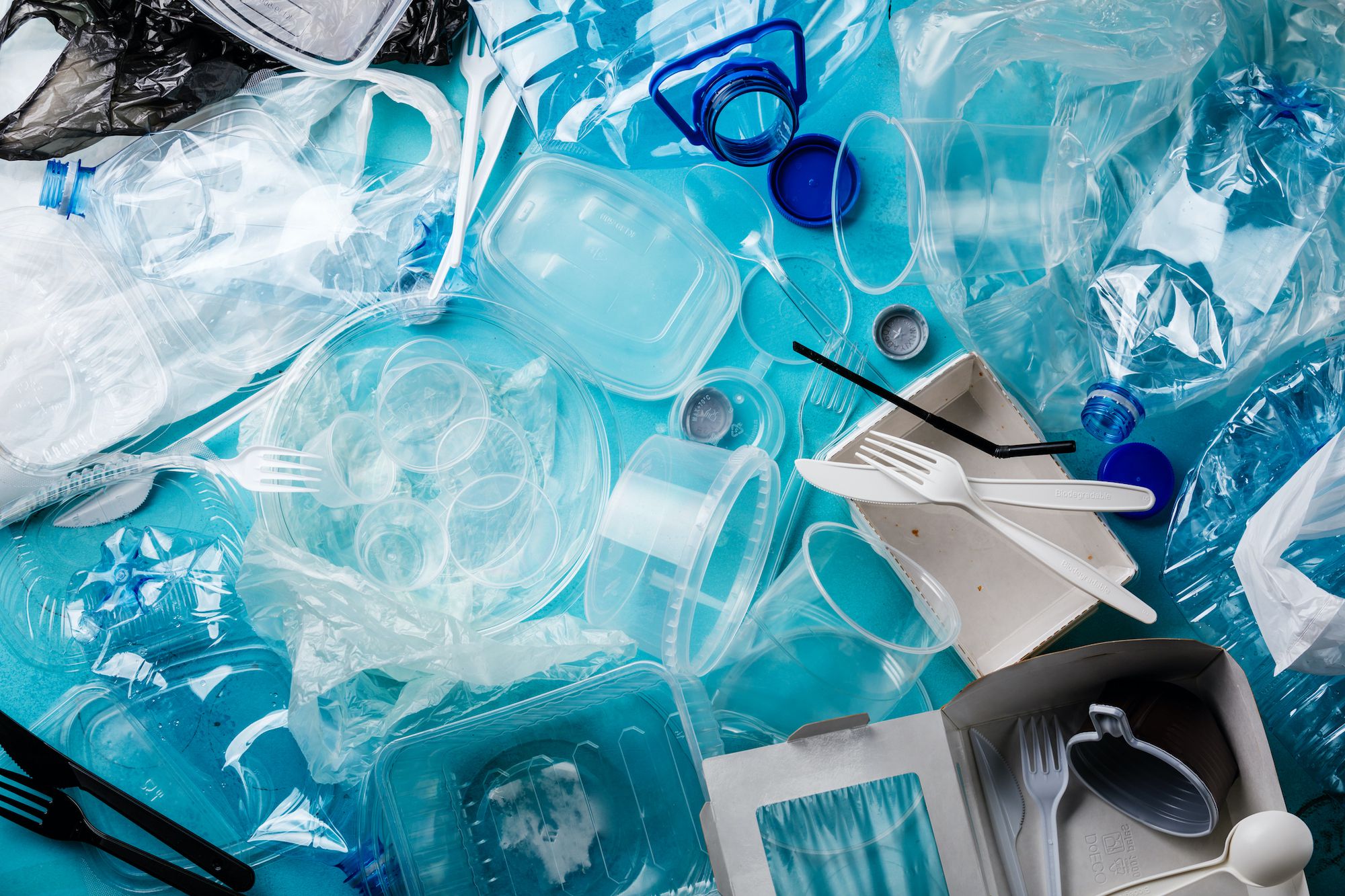Plastic waste is such a problem that it causes floods in some parts of the world. Because plastic is not biodegradable and plastic polymers do not decompose easily, plastic pollution can clog entire rivers. If it reaches the sea, however, it ends up in huge expanses of floating rubbish.
In an effort to tackle the global pollution problem, researchers have developed a biodegradable plastic. And it looks really special: it degrades after being exposed to sunlight and air for only a week. This is a huge improvement, never achieved before.
Research on the new biodegradable plastic
In an article published in the Journal of the American Chemical Society (JACS), the researchers detailed their new biodegradable plastic that breaks down in sunlight succinic acid. It is a small, naturally occurring non-toxic molecule that leaves no fragments of microplastic in the environment.

Scientists used nuclear magnetic resonance (NMR) and the chemical characterization of mass spectroscopy to get the result (and prove it).
In a press release , the co-author of the study Liang Luo, an organic materials scientist at Huazhong University of Science and Technology in Wuhan, China, reveals that the new biodegradable plastic could be mixed with other plastics to create more durable objects. In that case, a double advantage would be obtained: objects with a longer life, but with a shorter landfill decomposition.
Applications: recycling of plastic for food and pharmaceutical products
Luo believes this type of biodegradable plastic could be particularly useful in electronics. When in use, the plastic would be encased within the electronic device and therefore, shielded from air and sunlight, allowing it to last for years. Once in a landfill, the device would be shattered and the plastic, exposed to the sun, would decompose in a few days.

What, then, about the by-product of this biodegradable plastic, succinic acid? It could also be recycled for commercial use in the pharmaceutical and food industries, Luo explains.
Before devising the new plastic, Luo originally set out to create a polymer that changes color with pH, designed for sensor technologies. During that process he found that the resulting plastic degraded easily, which made it better suited to being biodegradable.
The goal is to commercialize the material within the next 5 years.


